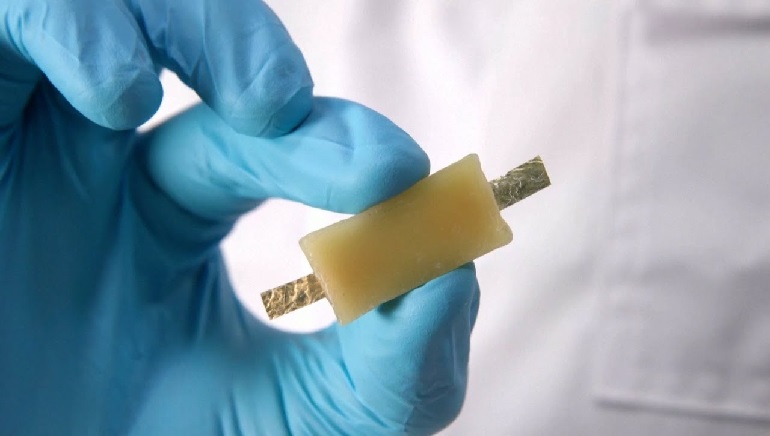Scientists at the Italian Institute of Technology have developed a rechargeable battery that has been made completely from edible substances. The battery can break up safely in the stomach once it is done with its job.
The prototype device outlined in a new study published in Advanced Materials operates at 0.65 volts and provides a current of 48 microamperes for 12 minutes – enough to power tiny electronics. Its future potential uses range from edible circuits and sensors that can monitor health conditions to the powering of sensors for monitoring food storage conditions. “Moreover, given the level of safety of these batteries, they could be used in children’s toys, where there is a high risk of ingestion,” said Mario Caironi, senior author and molecular electronics researcher at the Italian Institute of Technology.
The rechargeable battery has vitamin riboflavin for the battery’s anode (the negative end), supplement quercetin as cathode (the positive end), electrolyte (which generates the electrical charge) made from a water-based solution, and separator (which prevents short circuits) made from nori, the seaweed used at sushi restaurants. Activated charcoal, often used to treat poisonings, is included to increase electrical conductivity. The external contacts that transfer the electricity to another device are made of beeswax, connected to food-grade decorative gold.
The prototype that maintains its charge well over dozens of cycles needs to be outside the body to be recharged. “While our edible batteries won’t power electric cars, they are proof that batteries can be made from safer materials than current Li-ion batteries,” says study coauthor, Ivan Ilic, a sustainable energy storage scientist from the Italian Institute of Technology.















